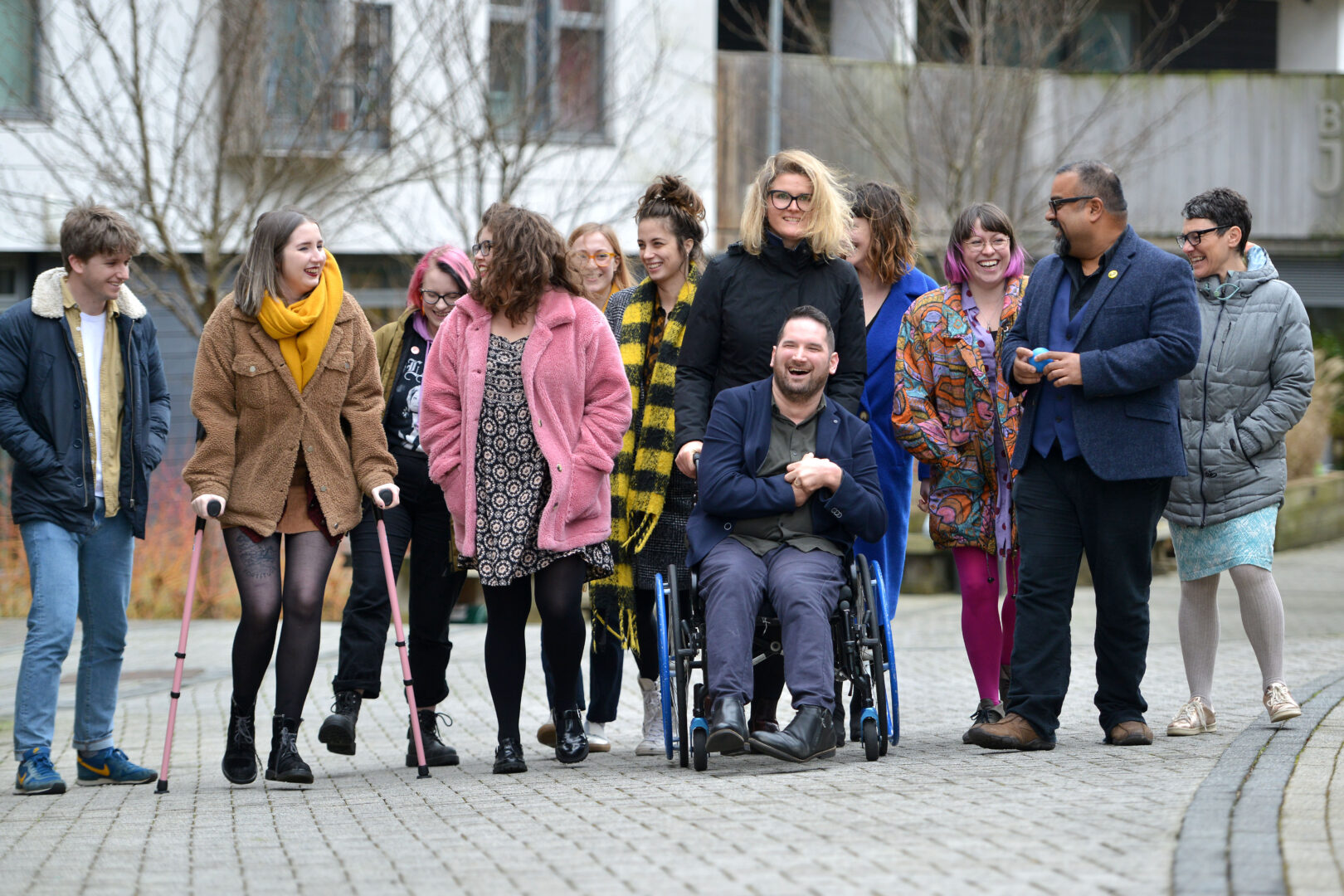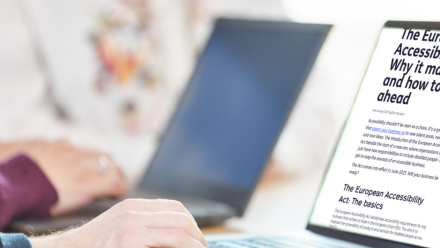What is the social model of disability?
11th May 2021 by Ellie Thompson
What do we mean by the ‘social model of disability’?
The social model of disability is based on the understanding that a range of environmental and societal barriers exclude individuals from fully participating in society.
This is a contrast to the medical model of disability, which focuses on an individual’s diagnosis, and sees each diagnosis as linked to a deficit that the individual carries. Under the medical model, we can make adaptations, but there’s always a feeling that such adaptations are to accommodate for difference. There’s no recognition of the strength of diversity, or understanding that an inclusive system can remove so many of the access barriers and allow all individuals to fully participate in the world.
A building’s wheelchair access can present a good example of the social vs medical models in action. We know that organisations have a legal responsibility to ensure access and not discriminate against Disabled people. In the UK this falls under the laws of the Equality Act (2010). Read more about reasonable adjustments as defined by the Equality Act 2010.
If your building has steps to access it, you may have a temporary ramp inside that you can put out if a wheelchair user was to visit. You may even have a sign on the door that says ‘ramp available, please ask within’. But how will a wheelchair user be able to access your space?
- They will have to ask for the adaptation to be made, or may even have to ask someone else to go inside and ask on their behalf.
- They will have to call ahead or do research to ensure they will be able to access the building.
- No matter how many steps they take to prepare, they will have to wait while the temporary ramp is put in place before they can access the building.
- And then, when they need to leave, they will probably have to go through the whole process again.
While a non-wheelchair user may just be able to walk up the steps, without the thought ever crossing their mind, wheelchair users have to spend time and energy advocating for themselves just to get through the door. Not to mention the fact that many people who do not use wheelchairs would benefit from ramp access but may not feel safe to ask. For example, ambulatory people (people who walk) but have limited mobility, those with lung conditions, people carrying pushchairs, medical equipment or larger bags.
What about if, instead, the building has built-in ramp access, or a ramp permanently installed? Then, no matter who approaches the building, they will be able to get to the front door without having multiple hurdles to cross before they do so.
Of course, this is just the beginning of accessibility; true inclusion needs to take note of many different access needs- from captioning on meetings or events, to clear signposting, to alt text and image descriptions on social media, to assistive technology available for all. But this helps illustrate why if you anticipate diversity, and include from the offset, you open the doors to equal access for all.
At Diversity and Ability, the social model of disability underpins everything we do. From using capital D for Disabled to our workplace workshops on dismantling bias and celebrating diversity, as well as our disability inclusion and homelessness work, and our collaboration with Higher Education Institutions on creating truly inclusive spaces for students.
Got any questions about the social model, or how you can make your practice more inclusive? We’d love to help. Just get in touch!



